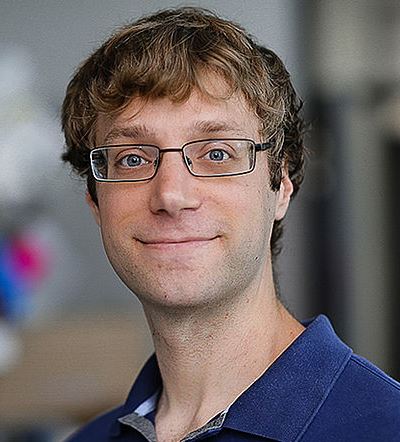Chromosome Biology

The DNA of every organism is divided distinct units, called chromosomes. During cell division, each of the daughter cells needs to obtain the correct and equal number of chromosomes. However, daughter cells sometimes end up with the wrong number of chromosomes, a state called aneuploidy. Generally, aneuploidy is damaging, and often fatal to the cell. In human development, it can result in miscarriages or genetic disorders like Down syndrome. Paradoxically, most cancer cells have aneuploidy, and somehow survive and even thrive with it.
Cancer cells contain the wrong number of chromosomes because they frequently make errors equally distributing the chromosomes to the two daughter cells. Such errors are termed chromosome missegregation events. Chromosome missegregation, and the resulting aneuploidy, would typically be very bad for cells. We therefore wanted to determine how cells could evolve to survive with the missegregation of chromosomes.
We first set up a system to study aneuploid cells using a simple cell type – yeast. Some species of yeast have a similar number of chromosomes to humans, and are therefore useful for studying aneuploidy. We started with cells that were extremely sick due to frequent chromosome missegregation. We then grew them in the lab for hundreds of generations to see how they would change over time. The fast growth of yeast allowed us to conduct such evolutionary experiments in only a couple of weeks. We then sequenced the entire genomes of the yeast to determine what changes had occurred to their DNA and chromosomes. We found that there were specific chromosomes that were very frequently present with extra copies. Aneuploidy of these chromosomes decreased the amount of chromosome missegregation, indicating that aneuploidy itself contributes to the adaptation process.
We next wanted to determine if similar things happen in human cells. Using the knowledge we had obtained from yeast, we set up adaptation experiments in human cells to determine if they also gain or lose specific chromosomes over time after increasing the rate of chromosome missegregation. Indeed, certain chromosomes were gained or lost in nearly every adapted cell population. Amazingly, the most frequently gained chromosomes were also the most frequently aneuploid chromosomes in cancer! We were therefore able to recapitulate aneuploidy patterns previously identified in cancer cells in human cells for the first time. Furthermore, for two of the frequently aneuploid chromosomes, we were able to identify individual genes on those chromosomes that contributed to their selection.
In the future, we believe that these types of experiments will continue to provide insights into the impact of aneuploidy on cells, and we hope that such insights will provide the foundation for future cancer treatments based on the specific aneuploid chromosomes present in individual tumors.